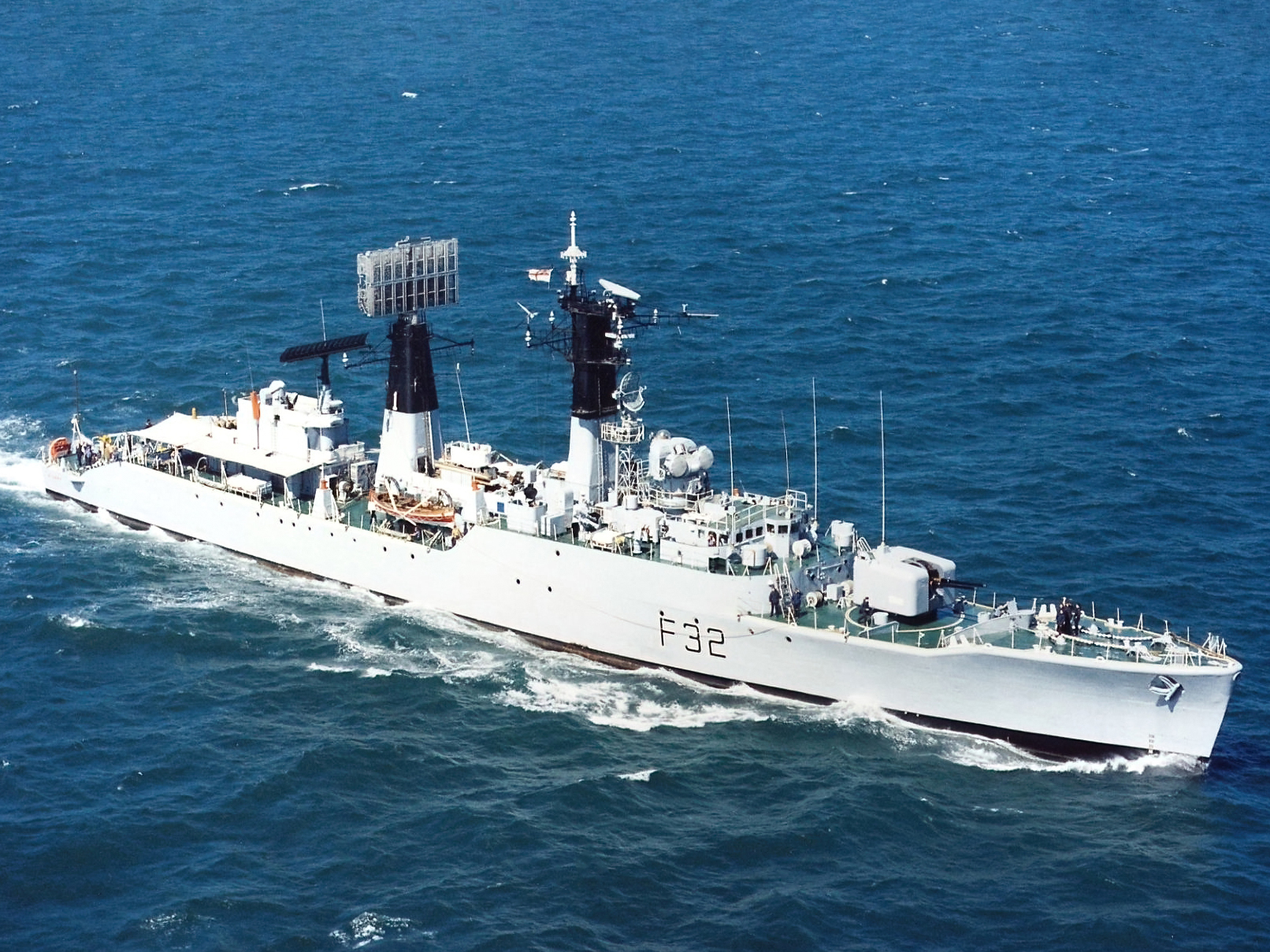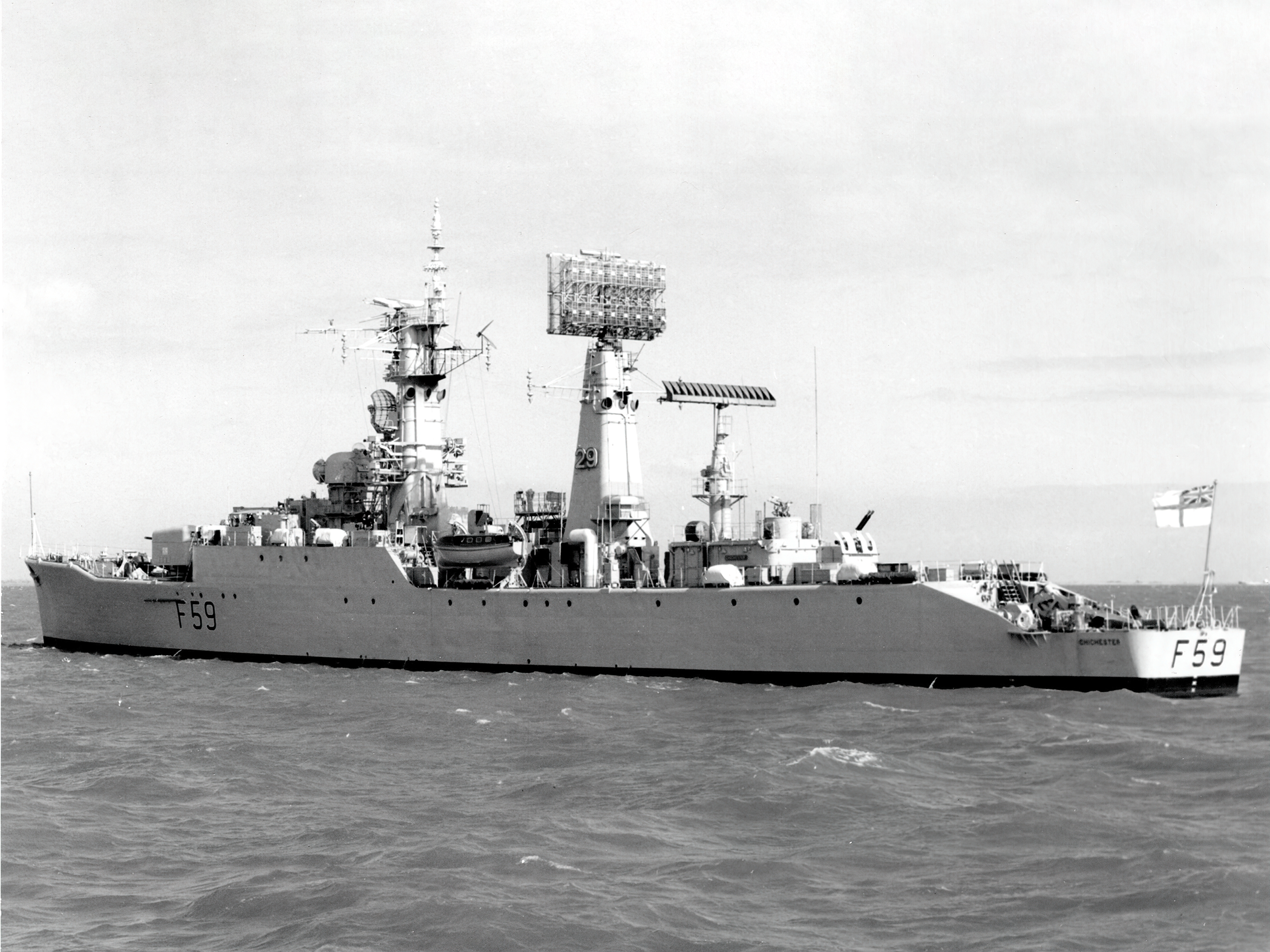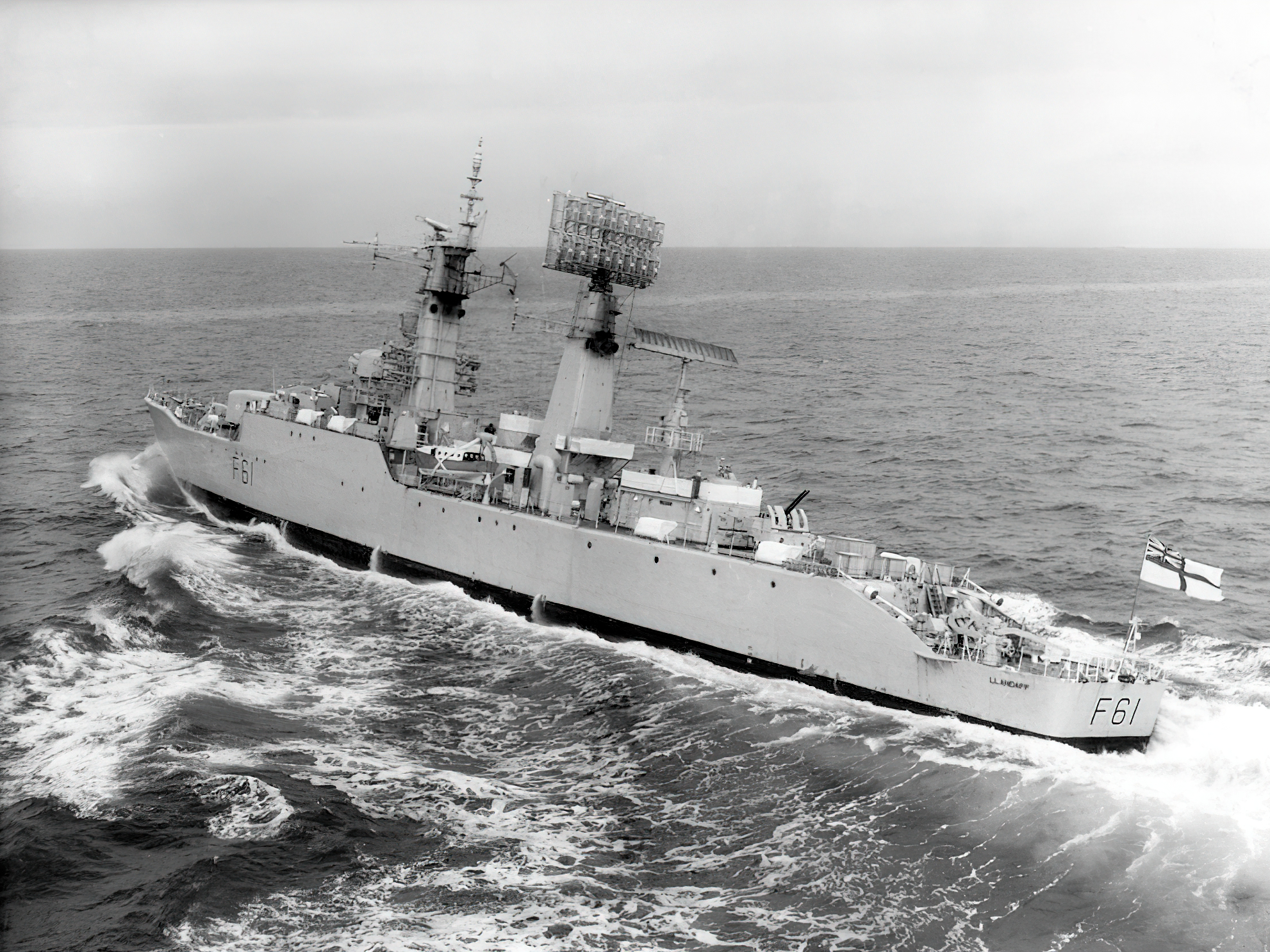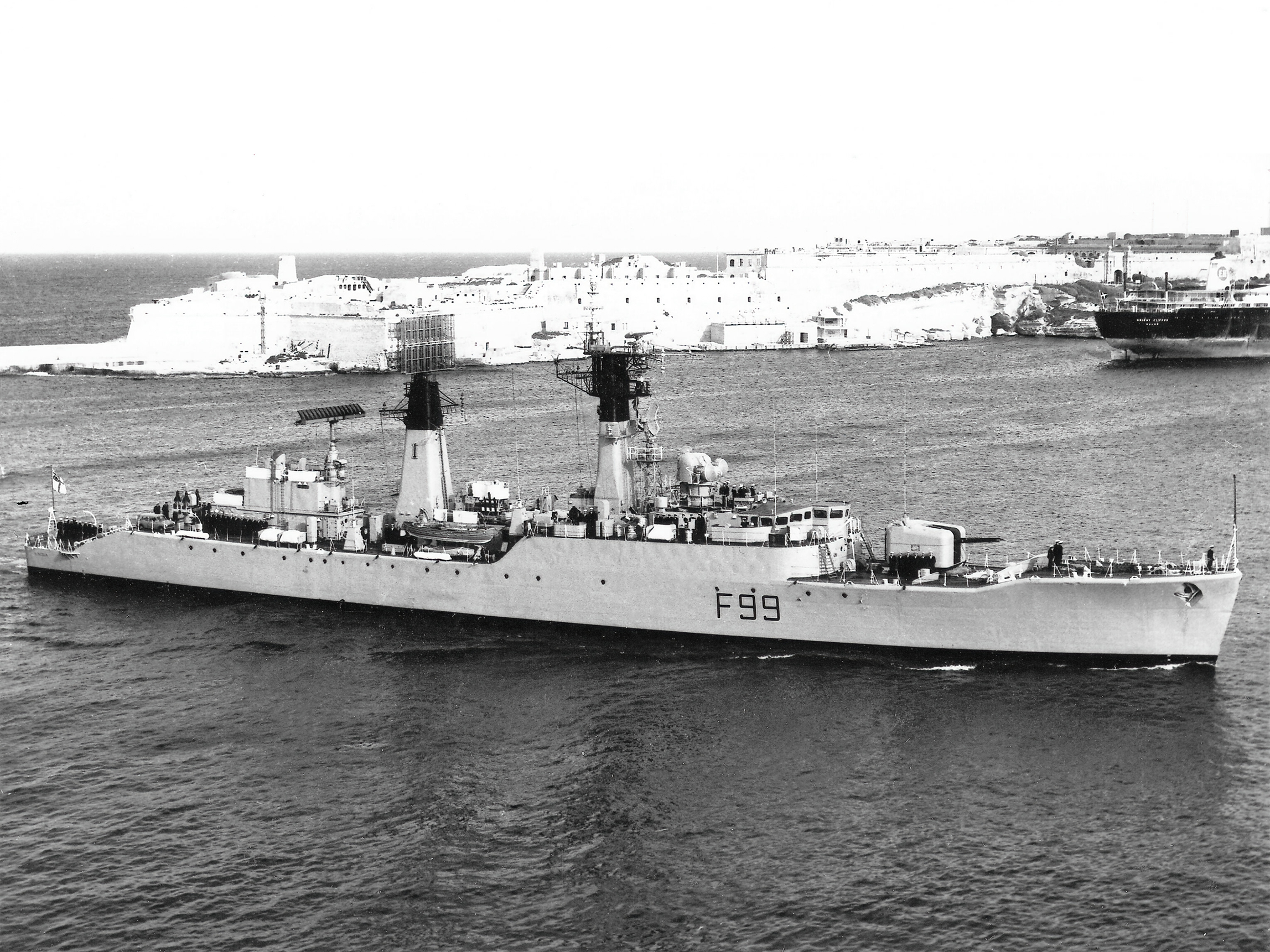Royal Navy Salisbury Class Frigates: A Comprehensive Guide
Introduction
The Salisbury class frigates, officially designated as Type 61, were purpose-built air direction frigates developed by the Royal Navy during the Cold War. Designed to control and coordinate air defence operations for the fleet, these ships were equipped with advanced radar and communication systems rather than heavy weaponry. Built between the 1950s and early 1960s, they served as floating radar stations and fleet direction centres during an era when managing fast jet threats at sea became increasingly complex.
Origins and Design Development
After the Second World War, the Royal Navy identified the need for dedicated air direction ships capable of tracking and controlling multiple aircraft to defend against airborne threats. Rather than arming these ships with large guns or anti-submarine gear, the focus shifted to command and control capability.
The Salisbury class was based on the hull of the Type 41 Leopard class frigate, with the same diesel propulsion for extended endurance, but they sacrificed offensive armament to house more radar, aerials, and communication equipment. The class initially comprised four vessels, with a fifth cancelled during construction.
These ships played a key role in training, aircraft control, and in fleet exercises simulating large-scale air attacks.
Design and Technical Features
Displacement: 2,300 tonnes standard
Length: 339 feet
Propulsion: 8 × Admiralty diesel engines, 2 shafts, 24 knots top speed
Range: Over 10,000 nautical miles at cruising speed
Armament (as built): 1 × twin 4.5-inch gun mount forward 2 × Bofors 40mm guns
Sensors and Electronics: Type 965 long-range air search radar, Type 993 target indication radar, Type 982 air tracking radar, Extensive communications and control systems
Crew: Approx. 235
While lightly armed, these ships served a critical role in managing and directing air defence assets, including aircraft and missile-armed destroyers.
Service and Operations
The Salisbury class served during a critical transition period in naval air defence. Their missions included:
Controlling Fleet Air Arm aircraft during exercises and operations
Acting as radar pickets in NATO deployments
Training radar operators and air direction officers
Participating in Cold War patrols, including in the Mediterranean and South Atlantic
As air threats grew more complex and the limitations of manually controlled systems became clear, the Salisbury class was gradually replaced by ships equipped with integrated combat systems and missiles.
By the mid-1980s, all ships in the class had been decommissioned. However, their influence on the development of command and control at sea was significant.
Summary – At a Glance
|
Ship |
Commissioned |
Notable Service Highlights |
Fate / Status |
|
HMS Salisbury (F32) |
1957 | First of class, radar trials, NATO service |
Decommissioned 1980 |
|
HMS Chichester (F59) |
1958 | Air direction training, Middle East patrols |
Decommissioned 1981 |
|
HMS Llandaff (F61) |
1958 | Radar control duties, Far East deployments |
Decommissioned 1986 |
|
HMS Lincoln (F99) |
1960 | Mediterranean service, trials and training |
Decommissioned 1983 |
Conclusion
The Salisbury class frigates may have lacked the firepower of other Cold War warships, but their contribution to Royal Navy air defence was vital. As some of the earliest purpose-built air direction vessels, they played a key role in fleet coordination, radar development, and operational readiness during a time of rapid technological change. Their legacy lives on in the command and control capabilities of today’s advanced air defence ships.





